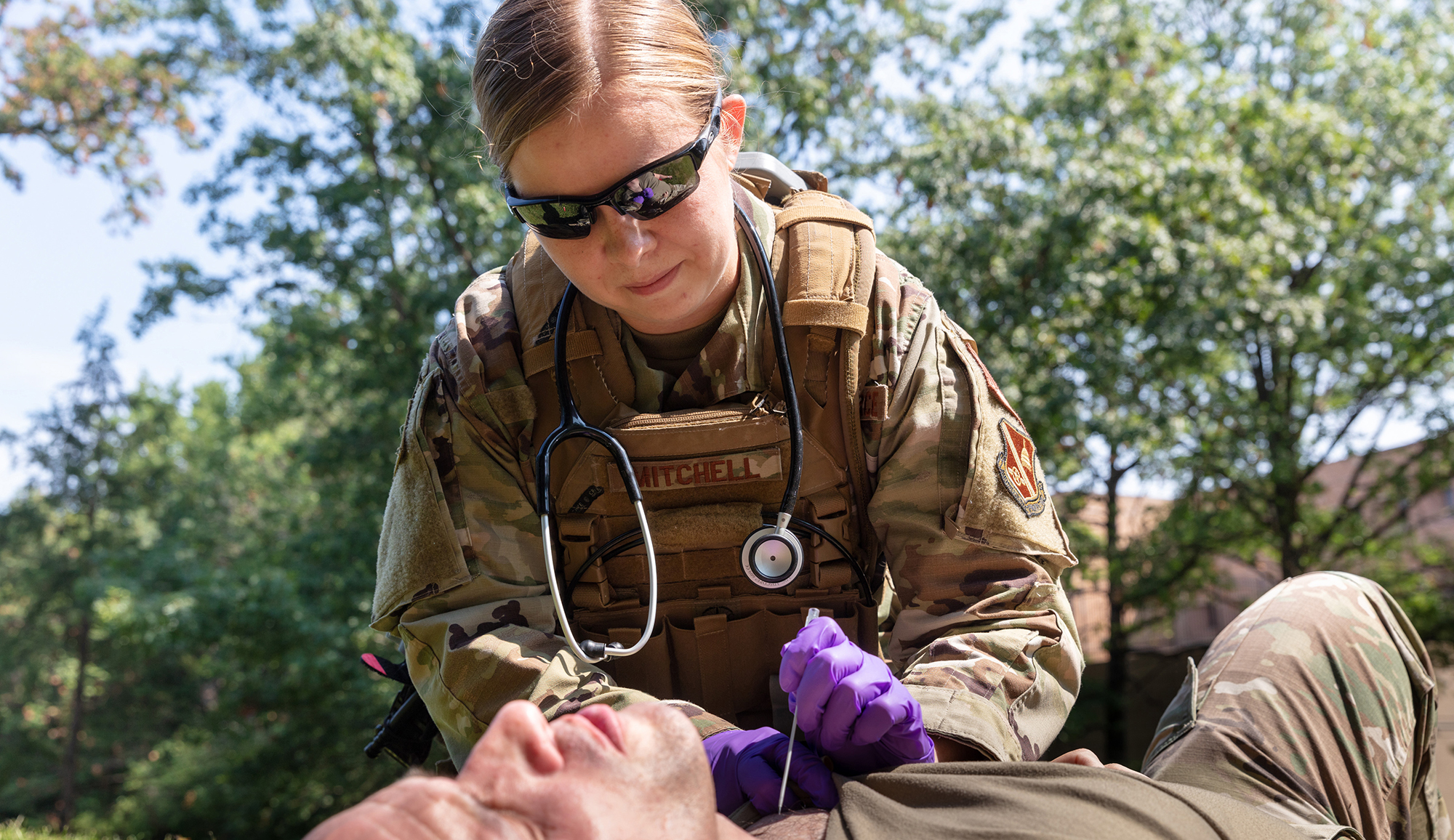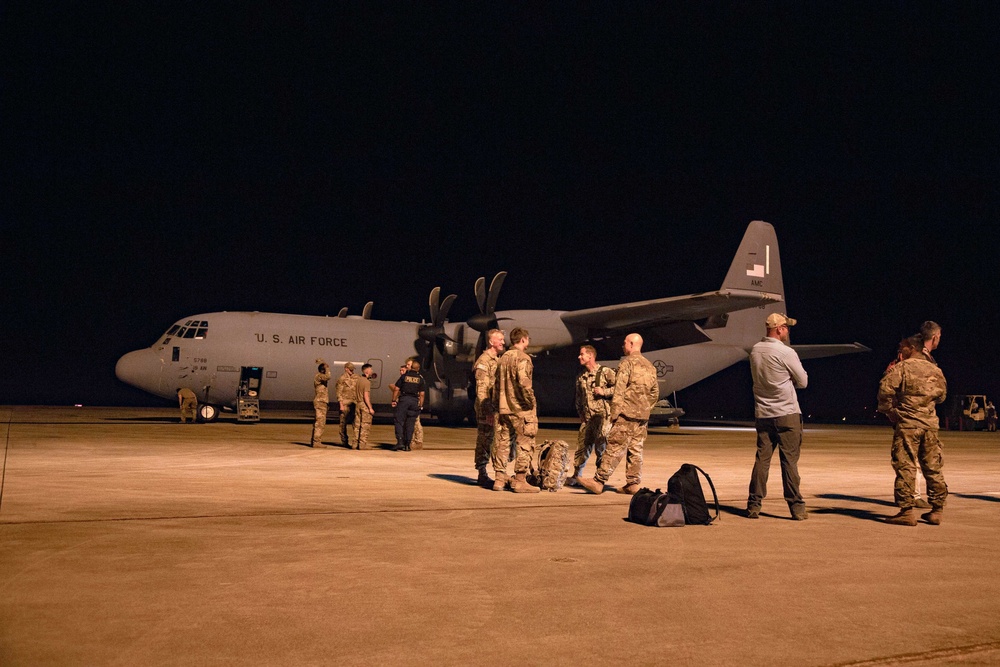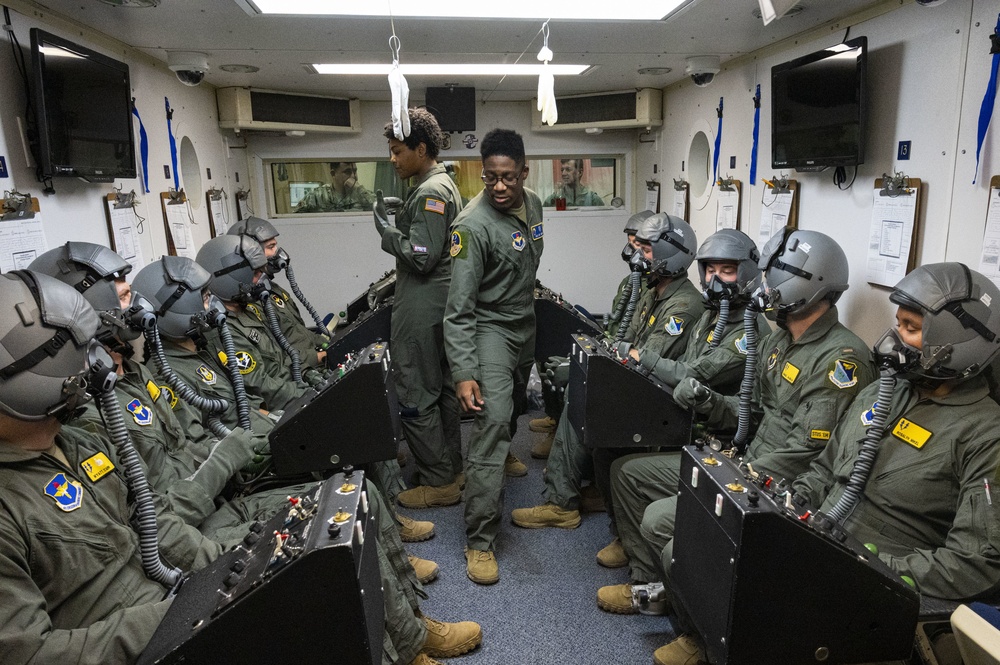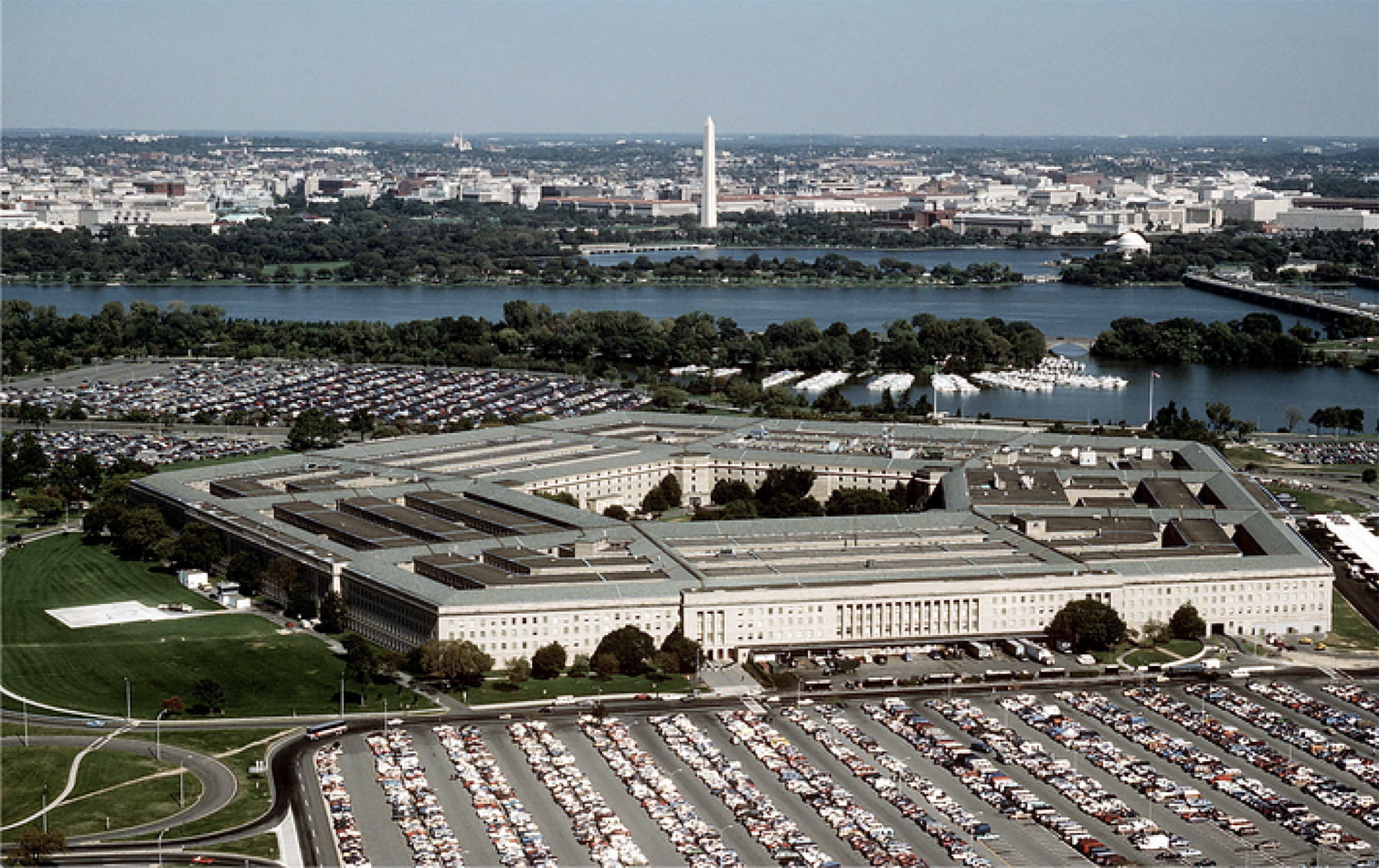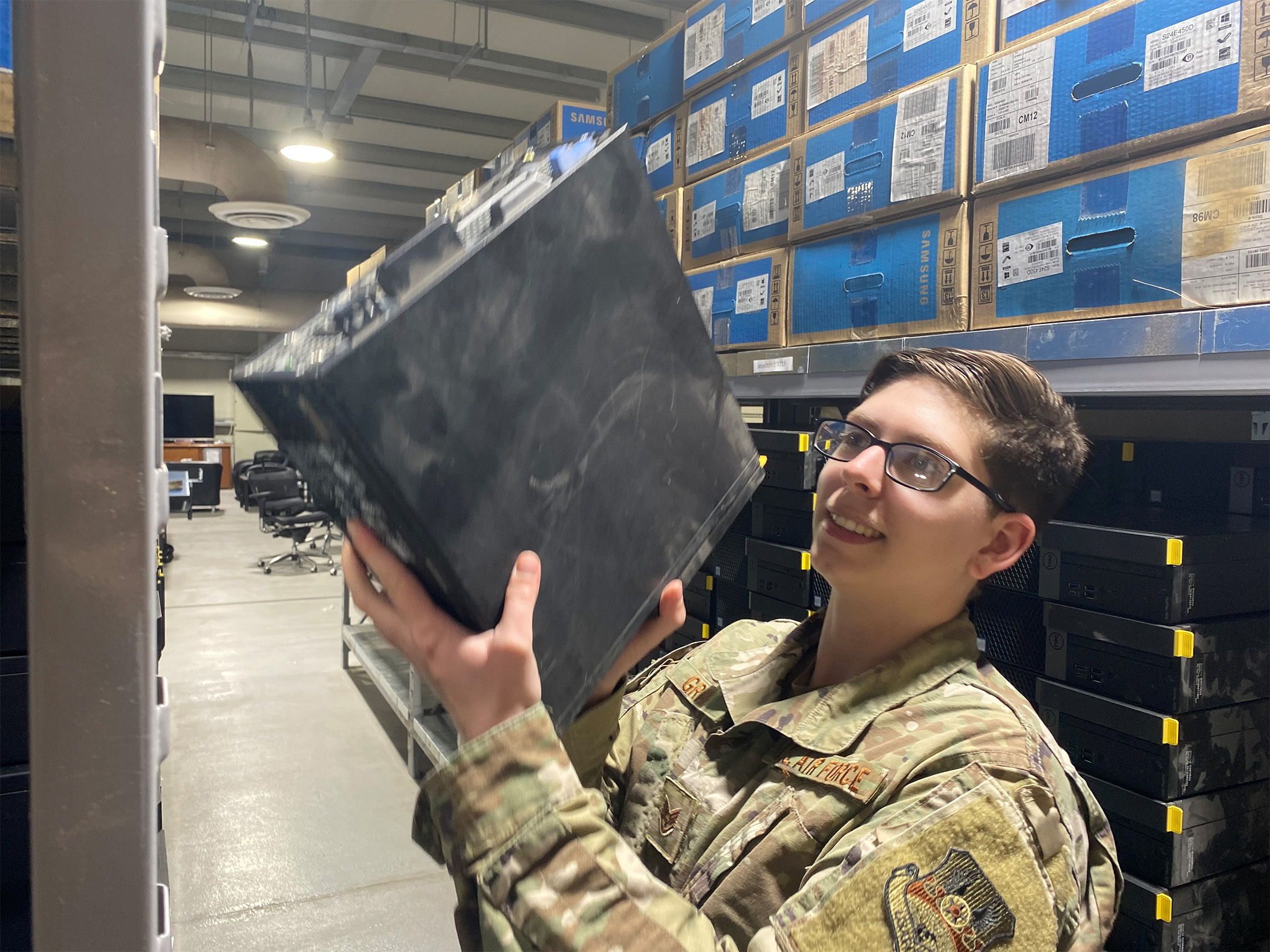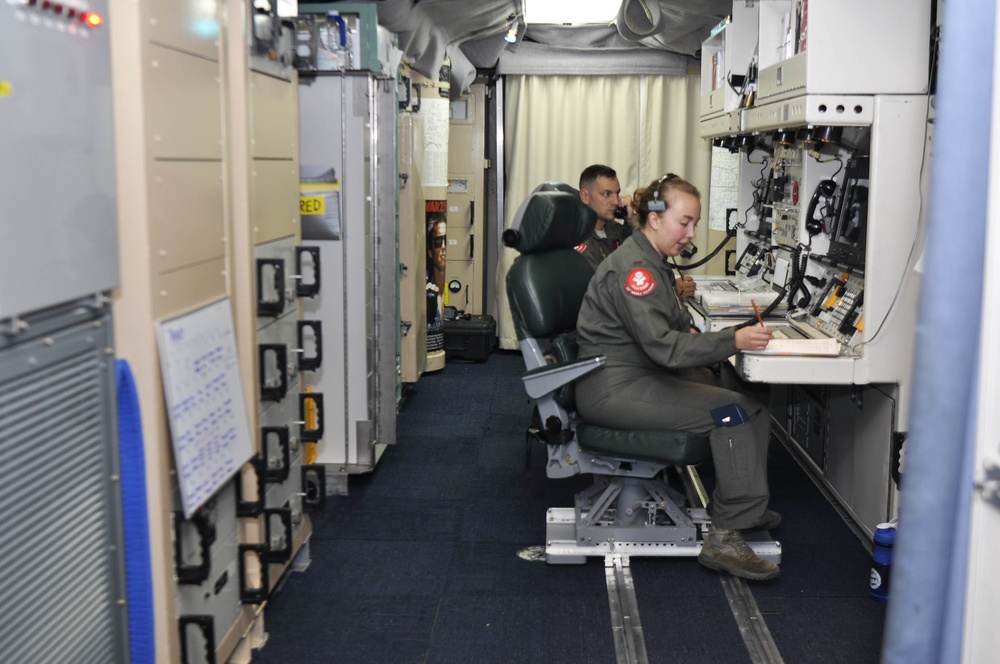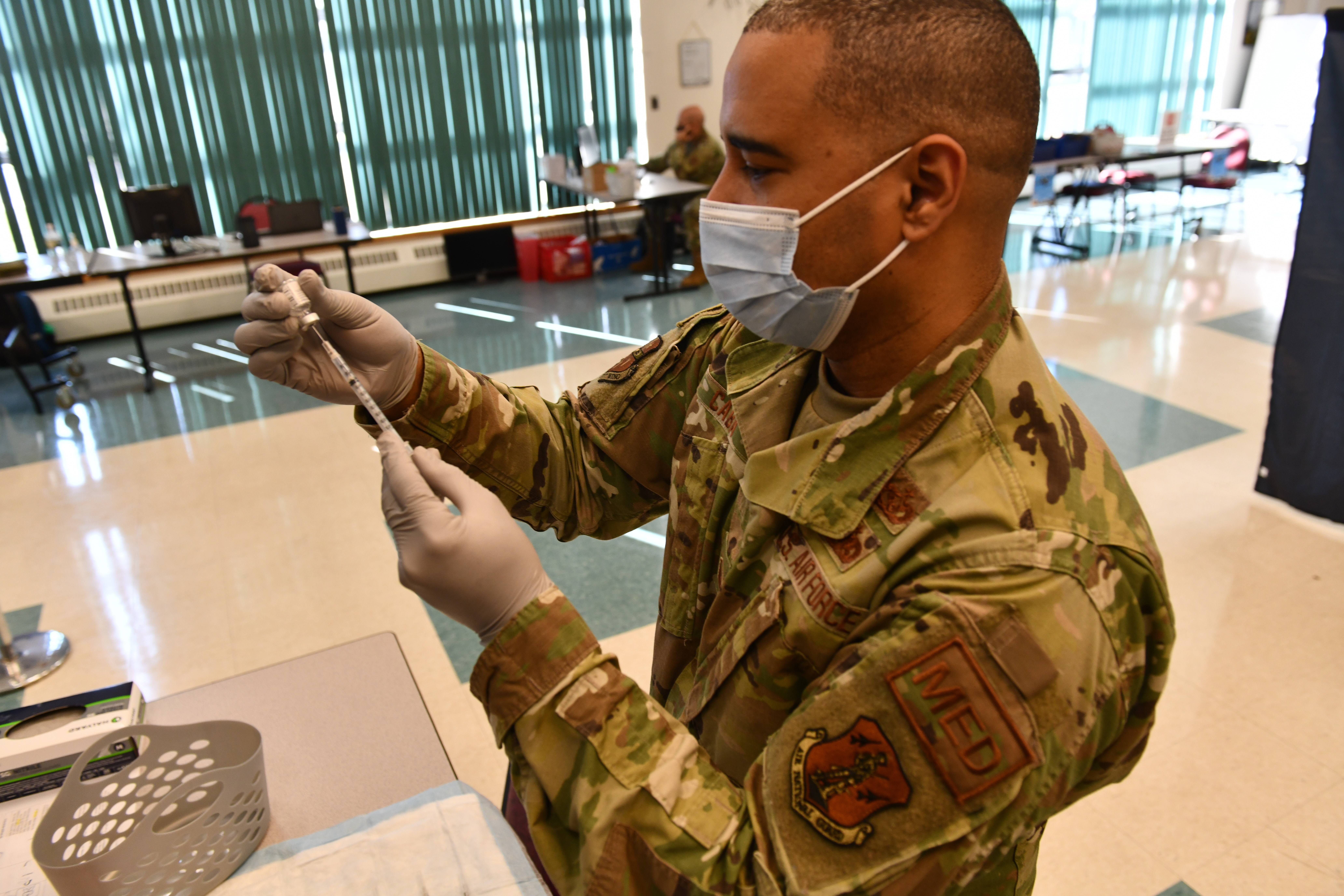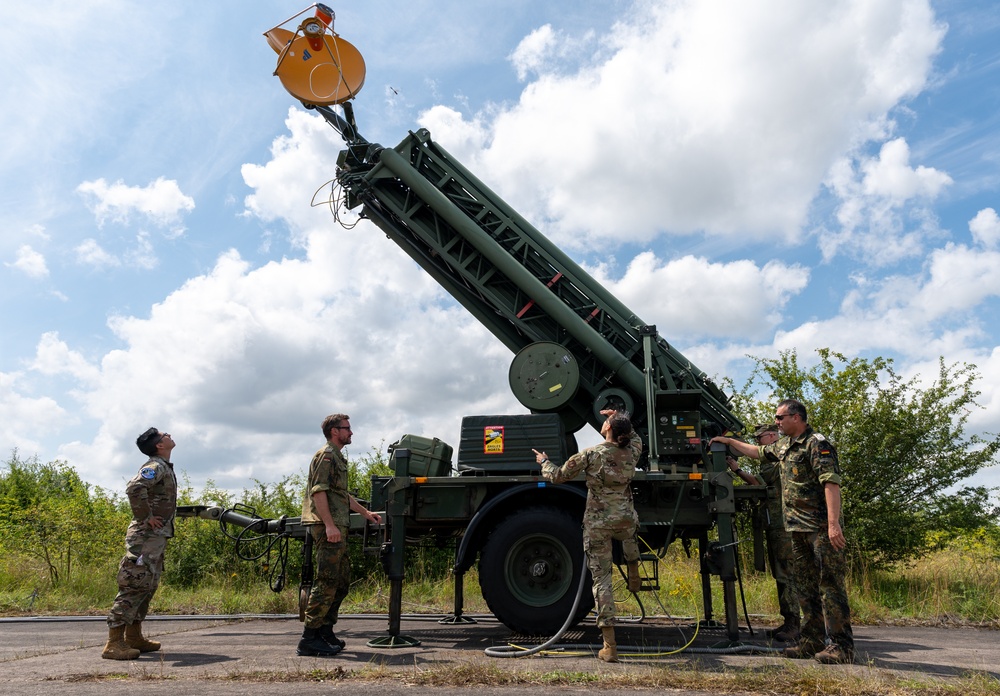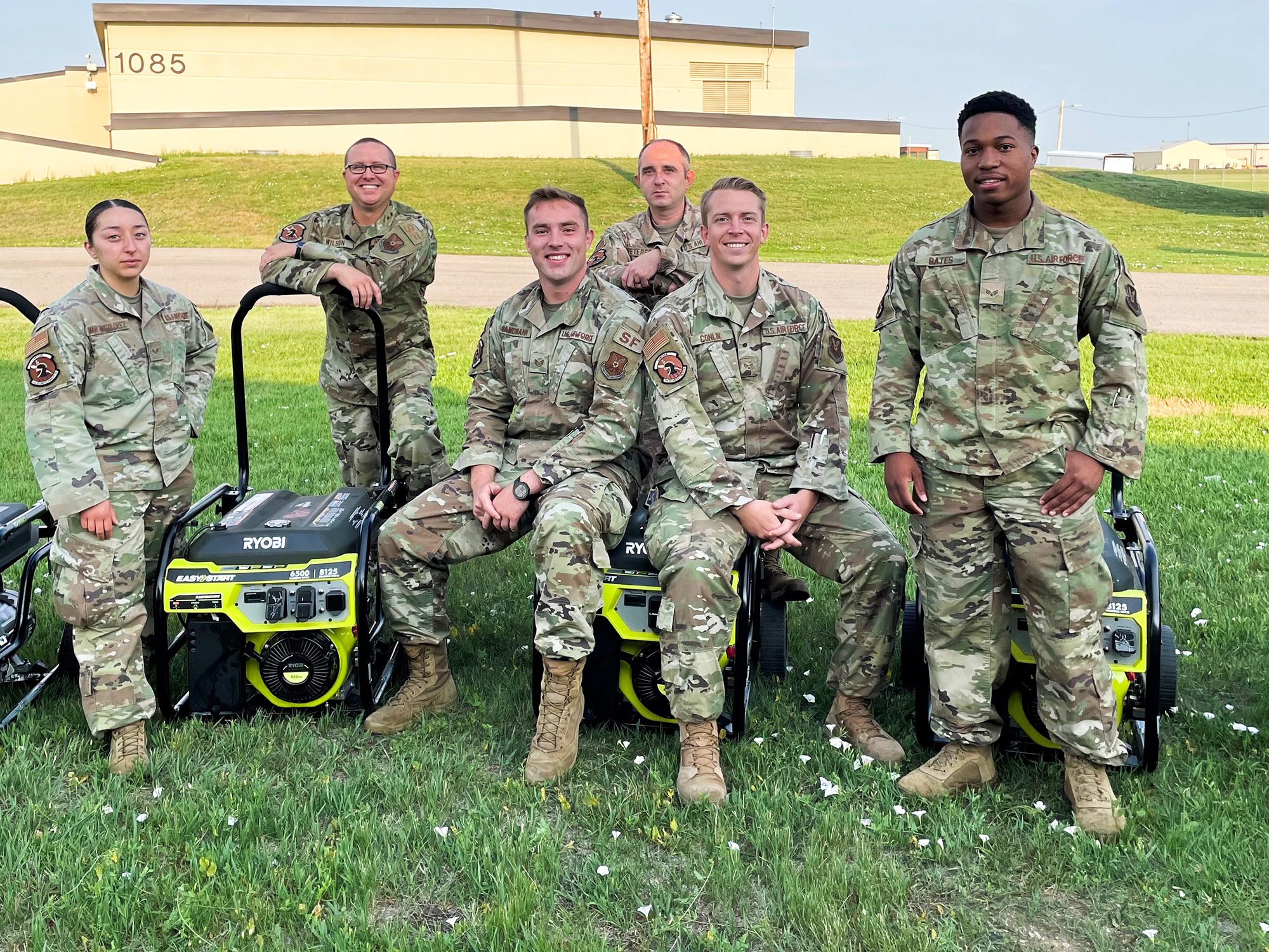The Air Force’s 12 Outstanding Airmen of the Year for 2021 will be formally recognized at AFA’s Air, Space & Cyber Conference from Sept. 20 to 22 in National Harbor, Md. Air Force Magazine is highlighting one each workday from now until the conference begins. Today, we honor Staff Sgt. Colleen F. Mitchell, an aerospace medical technician assigned to the Air Force District of Washington.
Mitchell was the sole aerospace medical technician assigned to Manda Bay, Republic of Kenya, in support of Operation Octave Shield. She risked her personal safety to help establish a casualty collection point during the first ever Al-Shabaab attack on a U.S. military base in Kenya. She activated and led a team of four augmented medical personnel to provide immediate triage and assessment for predicted casualties upon direct impact of 10 confirmed mortar attacks, 38 rocket propelled grenades, and numerous small arms fire exchanges at the camp compound and the airfield.
Mitchell courageously provided emergent prolonged field care for more than 16 hours, assisting in stabilization of two critical and four acute stress casualties. She also flawlessly executed Manda Bay’s first walking blood bank, where she pre-screened 12 individuals for stand-by donation.

Read more about the other Outstanding Airmen of the Year for 2021:
